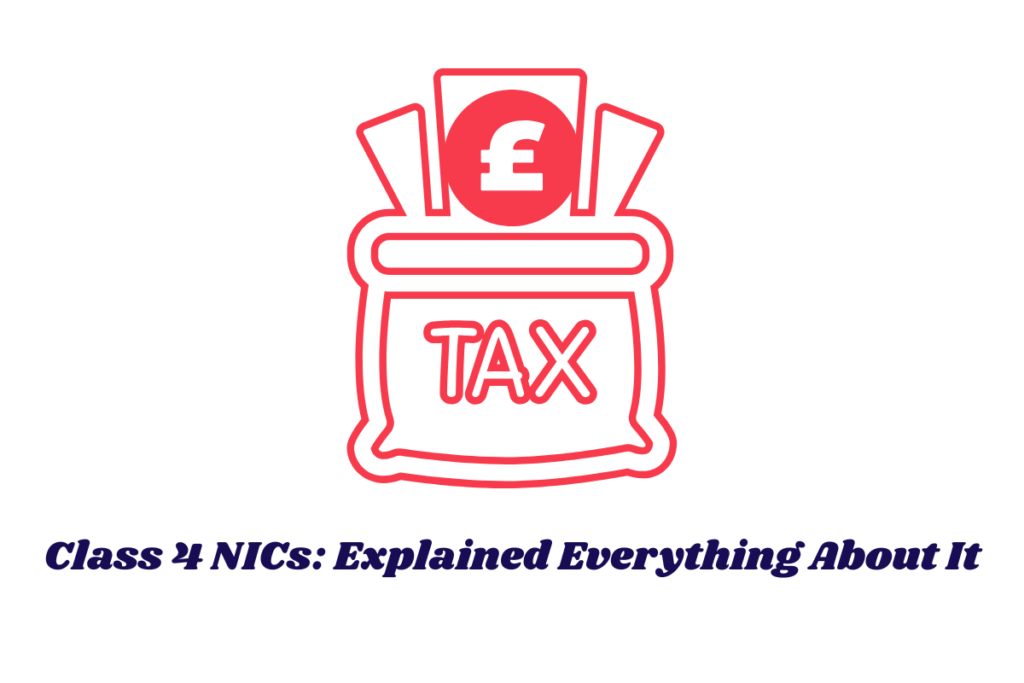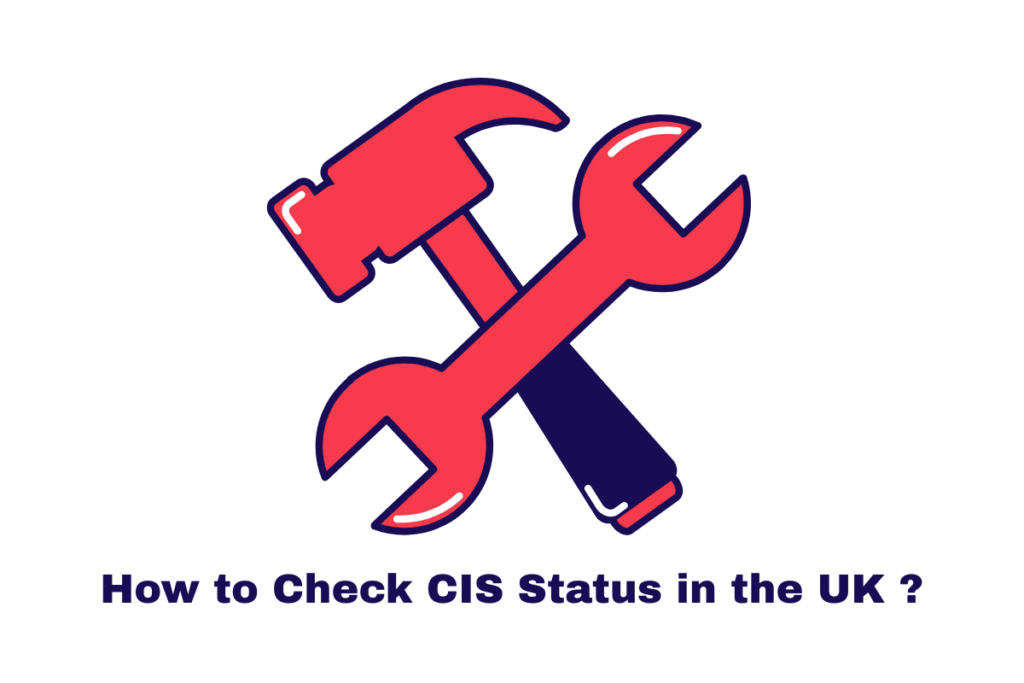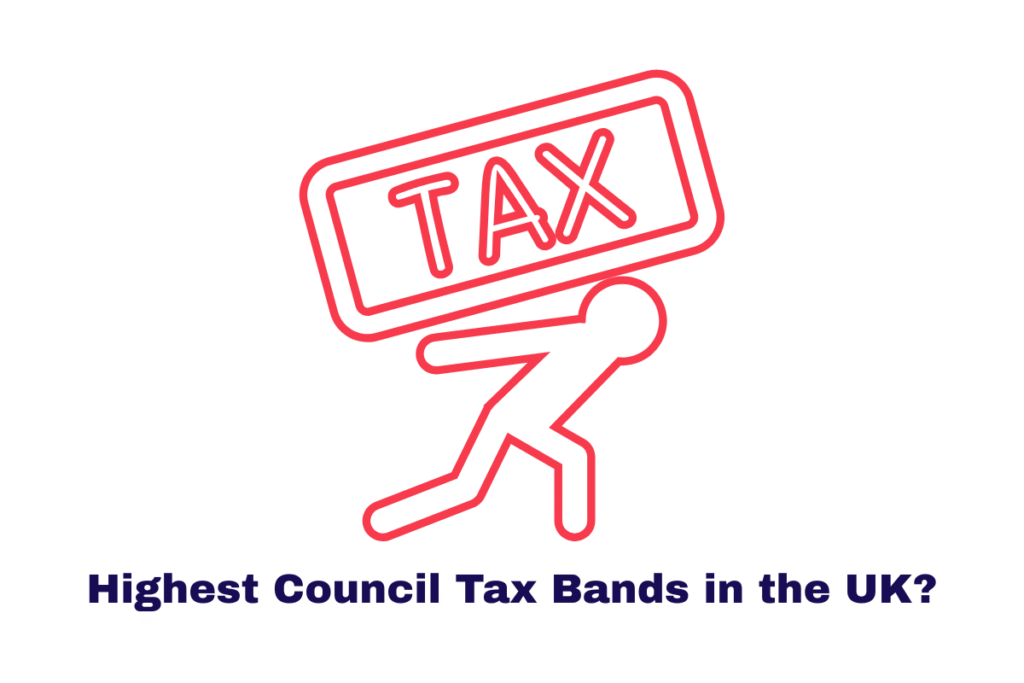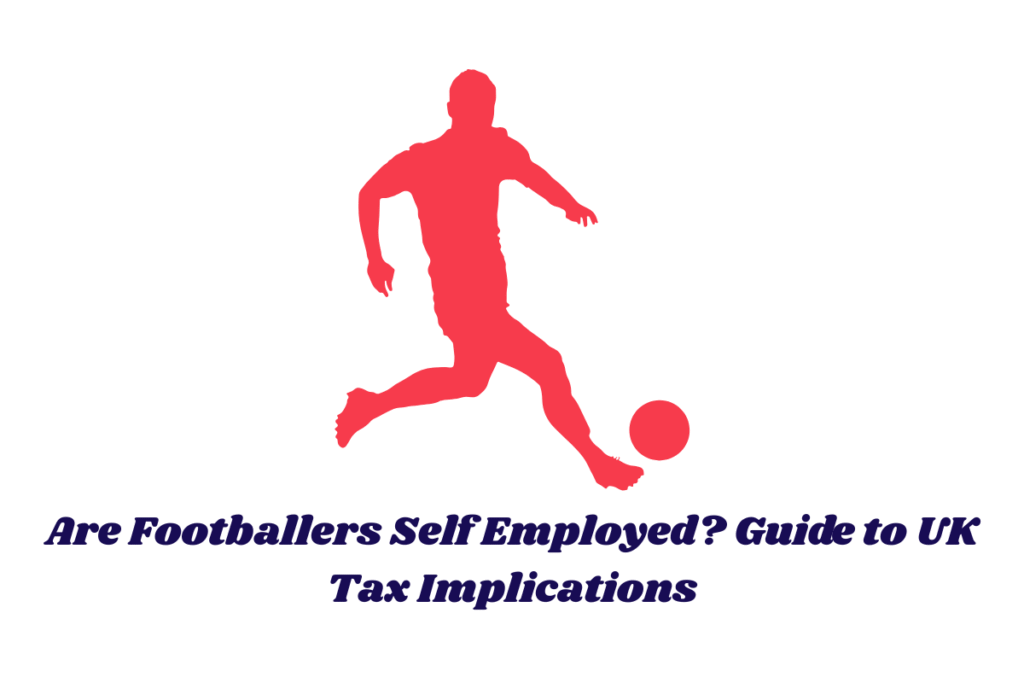Understanding National Insurance Contributions (NICs) is essential for every self-employed individual in the UK. While Class 2 NICs are often discussed, Class 4 NICs is equally important and sometimes more significant in terms of cost.
In this guide, we’ll take a comprehensive look at Class 4 NICs, including who needs to pay it, how it’s calculated, what the thresholds are for the 2025/26 tax year, and how to stay compliant with HMRC regulations.
Summary
“This introduction outlines the significance of understanding Class 4 NIC for self-employed individuals in the UK.”
What is Class 4 NIC?
Class 4 NICs is a type of National Insurance Contribution payable by self-employed individuals in the UK who earn over a certain profit threshold.
Unlike Class 2 NICs—which are a flat-rate weekly payment—Class 4 NICs are based on a percentage of your taxable profits and are calculated annually through your Self Assessment tax return.
According to HM Revenue and Customs (HMRC), Class 4 NICs are paid in addition to Income Tax and are designed to help fund state benefits, including the NHS, maternity pay, and the State Pension.
However, paying Class 4 NICs does not contribute towards your State Pension entitlement—only Class 2 NICs do.
Summary
“Class 4 NICs are profit-based contributions by the self-employed and don’t count towards State Pension.”
Who Needs to Pay Class 4 NICs?
You are required to pay Class 4 NIC if:
- You are self-employed.
- You are aged 16 or older.
- Your taxable profits exceed £12,570 for the tax year 2025/26.
It’s important to note that once you reach State Pension age, you no longer need to pay Class 4 NIC, even if you’re still working. If your profits fall below the Lower Profits Limit (LPL) of £12,570, you are exempt from paying.
Summary
“Class 4 NIC is mandatory for self-employed individuals earning above £12,570 and under State Pension age.”
You can read more articles on different taxes in the UK:
PIP Rates 2025: Guide to PIP Rates in the UK
What is P800 Refund? How to Claim P800 Refund
What is Withholding Tax? Guide for UK Taxpayers
Class 4 NIC Rates and Thresholds for 2025/26
For the 2025/26 tax year, the Class 4 NICs rates are:
- 6% on profits between £12,570 and £50,270
- 2% on profits above £50,270
These rates are marginal, meaning the portion of your profit that falls within each bracket is charged at the corresponding rate.
| Profit Range | Class 4 NICs Rate |
| £0 – £12,569 | 0% |
| £12,570 – £50,270 | 6% |
| £50,271 and above | 2% |
Summary
“The Class 4 NIC rate is 6% up to £50,270 and 2% beyond that, based on your annual profit.”
How to Calculate Class 4 NICs
Let’s break this down with real-life examples for better clarity.
Example 1: Profits of £40,000
- First £12,570: Not taxable for Class 4 NIC
- Next £27,430 (£40,000 – £12,570): Taxed at 6%
- Class 4 NICs = 6% of £27,430 = £1,645.80
Summary
“For £40,000 profit, the Class 4 NIC comes to £1,645.80.”
Example 2: Profits of £60,000
- First £12,570: No Class 4 NIC
- Next £37,700: Taxed at 6% → £2,262
- Remaining £9,730 (£60,000 – £50,270): Taxed at 2% → £194.60
- Total Class 4 NICs = £2,456.60
Summary
“For £60,000 profit, the Class 4 NIC totals £2,456.60.”
Example 3: Profits of £100,000
- First £12,570: Exempt
- Next £37,700: 6% → £2,262
- Remaining £49,730 (£100,000 – £50,270): 2% → £994.60
- Total Class 4 NICs = £3,256.60
Summary
“A £100,000 profit results in a £3,256.60 Class 4 NIC payment.”
How and When to Pay Class 4 NICs
You do not pay Class 4 NICs separately—they are calculated and paid as part of your annual Self Assessment tax return. The filing deadline is 31 January following the end of the tax year.
Payment is typically made in two instalments:
- 31 January of the current tax year
- 31 July following the tax year
If your Class 4 NIC is higher than expected, HMRC may request you to make ‘payments on account’ for the following year, based on the current year’s tax bill.
Summary
“Class 4 NICs are paid annually through Self Assessment, with key deadlines on 31 Jan and 31 July.”
Difference Between Class 2 and Class 4 NICs
| Feature | Class 2 NIC | Class 4 NIC |
| Type | Flat rate | Profit-based |
| Rate for 2025/26 | £3.45 per week | 6% and 2% (profit-based) |
| Pension Eligibility | Contributes to State Pension | Does not contribute |
| Payment | Via Self Assessment | Via Self Assessment |
Summary
“Class 2 NIC is a flat rate that counts towards your pension; Class 4 NIC is percentage-based and doesn’t.”
Class 4 NICs Exemptions and Exceptions
- If your profits are below £12,570, you don’t have to pay Class 4 NIC.
- If you’ve reached State Pension age, you’re automatically exempt.
- Certain reliefs may be available for individuals with overlapping employments or specific forms of income.
For more information, refer to the official Class 4 NIC guide by HMRC.
Summary
“Not everyone has to pay Class 4 NIC—age and income levels determine exemptions.”
Class 4 NICs and Limited Companies
If you run a limited company and pay yourself via dividends or PAYE salary, you are not classed as self-employed, and therefore Class 4 NICs do not apply. In this case, the company pays Class 1 Employer NIC, and you may pay Class 1 Employee NIC through your salary.
Summary
“Directors of limited companies don’t pay Class 4 NICs; instead, other NIC classes apply.”
Penalties for Not Paying Class 4 NIC
Missing the Class 4 NIC payment deadline or underreporting profits may result in:
- Interest charges on overdue NIC
- Penalties under HMRC’s late payment and inaccurate return rules
- Possible HMRC enquiries or audits
Avoid these by:
- Keeping accurate records
- Filing your return on time
- Seeking support from a qualified accountant or tax advisor
Summary
“Late or missed payments of Class 4 NICs can trigger fines and HMRC audits.”
Tips to Manage Class 4 NIC Efficiently
- Use accounting software to keep track of profits and estimate NIC liability.
- Set aside money monthly to cover tax and NICs.
- Consult a tax advisor if unsure about your obligations.
- Use HMRC’s NIC calculator for rough estimates
Summary
“Use digital tools and professional advice to avoid Class 4 NIC shocks.”
Conclusion
For self-employed workers in the UK, understanding Class 4 NIC is key to avoiding tax surprises and staying compliant with HMRC.
While it may not contribute to your pension like Class 2 NICs, it still plays a vital role in the UK tax system and funds essential public services. With the correct knowledge and preparation, calculating and paying Class 4 NICs can be straightforward.
Summary
“Understanding Class 4 NIC helps you stay HMRC-compliant and avoid last-minute tax surprises.”
The content provided on TaxCalculatorsUK, including our blog and articles, is for general informational purposes only and does not constitute financial, accounting, or legal advice.
You can also visit HMRC’s official website for more in-depth information about the topic.











